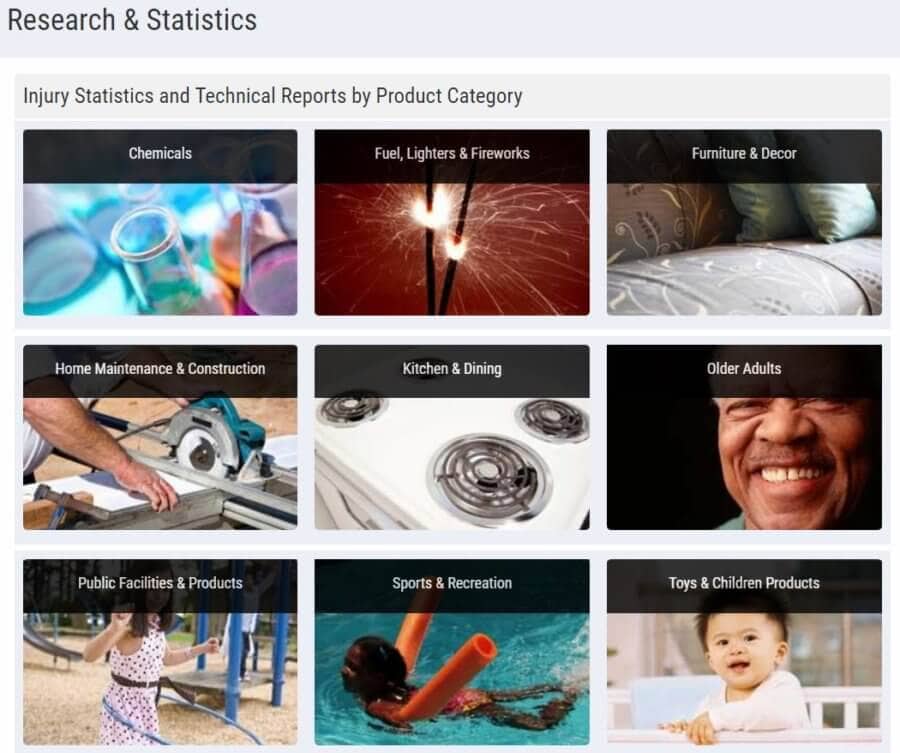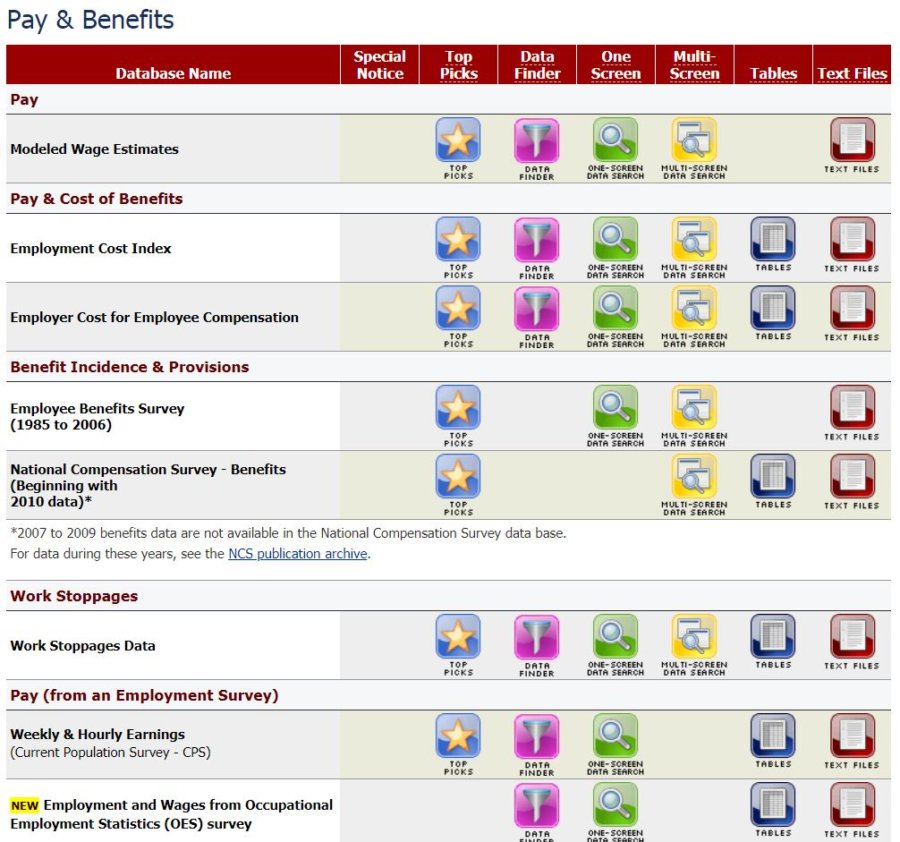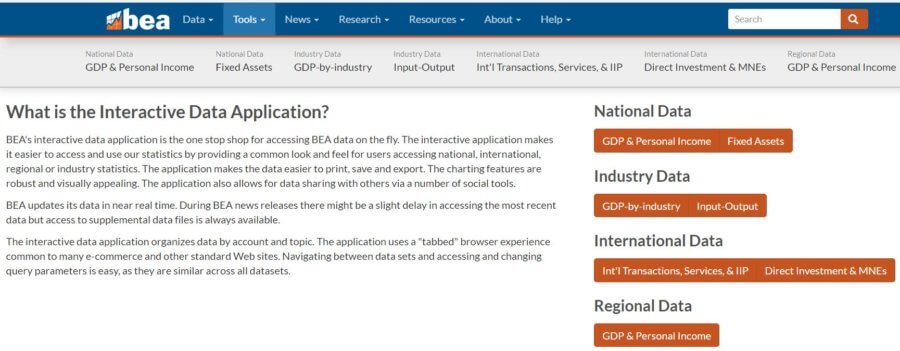You know that market research is important. It helps you to better understand your customers and your environment. Are the market research data sources you’re using painting a complete picture?
Do you have unanswered questions? Or, perhaps, you’re missing things that you didn’t even know would affect your small business.
Complete the picture of your market research by checking out the valuable information available for free from these government resources.
1. Statistical Abstract of the United States – A summary of…everything
The Statistical Abstract of the United States was a yearly document published by the Census Bureau. This tool for market research was a summary of the most important statistical information collected by the government. A really great reference that died in 2012.

The entire document, itself, is a beast, at over 900 pages. Alternatively, if you want market research piecemeal, you can browse information by topic and download relevant spreadsheets. 2011 is when the spreadsheets were last updated. To get more timely information, you’ll probably have to reference what agency the data was compiled from.
The Statistical Abstract of the United States is a neat concept. But, as of the time of this writing (2019), the information is pretty dated. Like the USA.gov website, it can serve as a starting point to ultimately find the market research data you need. Like an old-fashioned card catalog.
2. American FactFinder – the (former) granddaddy of all demographic information
This tool is part of the Census website. It has an enormous amount of demographic, economic, and geographic statistics. If you could use only one source of information in your market research, this might very well be it.
In July of 2019, the Census Bureau transitioned to Data.Census.Gov as its main portal for public access to information. The American FactFinder (for now) can still be relied upon to provide valuable, timely info for market research.
Because of the breadth of information available, it’s unlikely that there isn’t something here that could help you with your market research project. A better understanding of your customers and your business environment will help you make better decisions. Not to mention, avoid potentially disastrous mistakes.
The American FactFinder tool is basically a guide to the relevant Census tables that have the market research you need. You pick topics that are of interest to you. The American FactFinder will return the tables that contain pertinent information. From there, you can view or download the information.
There are three primary ways to find what you need.
First is the Community Facts. Here, you can find some high-level information along with some links to tables related to various topics
The Guided search walks you through a series of questions and then presents you with tables that match the criteria you set forth.
Finally, my favorite method to use is the Advanced search. Here, you select your Topics individually. The relevant tables are presented as search results.
No matter what method you choose, all paths lead to the Table viewer. It’s here that you can add and remove information and format it as you see fit. It’s also here that you can download into a spreadsheet for further analysis, if you wish.
3. Federal Reserve Consumer Credit Data – American consumer and student debt
For better or worse, Americans like to borrow money to purchase things. Things that don’t (typically) give them much of a return on investment. The Consumer Credit Data (G.19) report has statistics on the amount of credit extended to the public – real estate excluded.
This report is relatively small. Especially when compared to other government market research sources. Yes, I know the Fed isn’t technically part of the government.
Here is a link that describes how to read this report.
First of all, information is broken up into sections that are Seasonally adjusted and Not seasonally adjusted.
The information about who holds the debt (Depository institutions, Finance companies, etc.) probably won’t interest you much. The levels and flows of revolving (credit card), nonrevolving (student and car loans) might interest you, as a business owner.
It’s a highly technical report. Probably not something you would reference unless you had a business that was sensitive to consumer debt levels.
So, for instance, if you have a business that was very un-recession proof, then this is something you might keep an eye on. Because once debt (fixed costs) start to balloon to unsustainable levels, it could be your businesses such as yours that suffer first.
In cases such as that, you might cross-reference another source of market research. One that would give you corresponding information on disposable income.
4. Consumer Product Safety – Avoid potential liability
The Consumer Product Safety Commission publishes information aimed at decreasing injuries and death from consumer products. They also have the authority to implement standards regarding public safety.
For small business owners, this information is useful because it lets you know potential sources of liability. Whether it be products you sell or equipment you use in the normal course of business.
From a market research standpoint, this information might be useful if you were designing a brand new product. It might help you avoid some of the safety pitfalls of existing products.

Information is broken into nine categories. Each category has a list of dated reports and injury statistics on related products. It’s also broken out by hazard category. For example – electrocutions, fire, poisonings, etc.
Additionally, the CPSC has a section of their website dedicated issues facing small businesses. Here’s a link to that. I think a quick browse through that page is a good idea for any small business owner.
Of particular interest, for a business designing a brand new product, is the Regulatory Robot. This is a wizard that asks you questions about your new product. It then delivers customized regulatory information that you need to know. A real time-saver for market research and risk management.
5. BLS – market research and help with forecasting/budgeting
As the name implies, the Bureau of Labor Statistics measures labor activity. In addition, it also collects and interprets information on working conditions and price changes.
The Bureau of Labor Statistics prides itself on its objective reporting of the facts. Transparency and accurate data are among its core values.
An entrepreneur could use BLS statistics to forecast revenue. In particular, it would be useful in creating best-case and worst-case scenarios. By knowing how prices changed in different economic conditions – a more informed forecast can be created.
Furthermore, data can be found on wages that would help a startup better estimate labor costs when drafting a business plan.
Beyond that, there is a lot of economic data. Much of this is geographically specific. Which will accentuate information pulled from elsewhere.

Data from the BLS usually comes in a handy tabular format. Finding what you need isn’t as intuitive as other sites. But, it’s not too complicated. You’ll see that it’s grouped into categories (Inflation & Prices, Employment, Pay & Benefits, etc…) and sub-categories.
For each sub-category, there are several options. These are Top Picks, Data Finder, One Screen, Multi-Screen, Tables, and Text Files. Each is a different means to the same end – the tables that have the statistics you want.
I prefer the Top Picks and One Screen options for finding what I need.
6. Bureau of Economic Analysis – a look at the bigger picture
The Bureau of Economic Analysis focuses on the U.S. economy. This government agency is responsible for calculating the GDP among many other important economic indicators.
As goes the economy so goes business. Some businesses are recession-proof. But, most are not. If you’re a small business planning for the coming year, or an entrepreneur needing market research for a business plan, you’ll want to familiarize yourself with the economic cycle.
You’ll not likely be able to predict when the economy will expand and contract. However, when you compare BEA statistics with those from other sources, you can get an idea of cause and effect. This will give you a better picture of the business environment. In turn, you’ll better understand what it would mean for your small business if ___ happened.
There are three general methods for accessing the Bureau of Economic Analysis’ data. These methods are the Data menu, the Tools menu, and the Interactive Data Application (accessed from the Tools menu).

Of these three methods, I prefer the Interactive Data Application.
From the main menu of the App, you can browse National Data, Industry Data, International Data, or Regional Data. Each choice will lead you to a sub-menu and some will give you the option to map your information.
From the sub-menu, narrow down what you want to see further. Many of the tables will allow you to specify what state/region you want data for and the year of the results.
Market research data sources
Are there any other market research data sources that fly under-the-radar? What are they?



